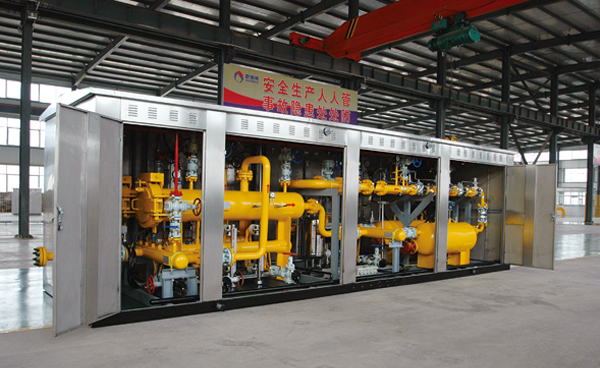
9 月 . 07, 2024 10:24
Back to list
Cyclone Separator - Efficient Dust and Particle Removal Solutions
Cyclone Separator An Essential Tool for Particle Separation
A cyclone separator is a mechanical device widely used in various industrial applications for removing particulates from gases or liquids. This separation process is crucial in many industries, including chemical processing, mining, pharmaceutical manufacturing, and environmental management. The efficiency of cyclone separators makes them a popular choice for maintaining clean and safe operations.
The fundamental principle behind cyclone separators is the application of centrifugal force. When a mixture of gas and particles is fed into the cyclone, it enters at a tangential angle, creating a swirling motion inside the cylindrical chamber. As the mixture spirals downwards, the denser particles are subjected to centrifugal force, which pushes them towards the outer wall of the cyclone. The lighter gas moves towards the center and exits through the top outlet, allowing for effective separation of the two components.
One of the key advantages of cyclone separators is their simple design and low operational costs. They do not require moving parts, which minimizes maintenance needs and increases reliability. Additionally, they can handle a wide range of particle sizes, making them adaptable for various applications. Cyclone separators can operate efficiently in high-temperature and high-pressure environments, which is beneficial for industries dealing with extreme conditions.
cyclone separator

Despite their many advantages, cyclone separators are not without limitations. Their efficiency can be influenced by factors such as the particle size distribution, the flow rate of the gas, and the dimensions of the cyclone itself. Smaller particles may not be separated effectively, leading to a phenomenon known as fine particle carryover. Designers often optimize cyclone dimensions and operating conditions to enhance separation efficiency, aiming for a balance between cost-effectiveness and performance.
In recent years, advancements in technology have led to the development of more sophisticated cyclone separators. Researchers are exploring novel designs and materials to improve overall efficiency and reduce energy consumption. Computational Fluid Dynamics (CFD) simulations play a critical role in understanding airflow patterns and optimizing cyclone geometry, facilitating better performance in diverse applications.
Cyclone separators are also becoming increasingly important in the context of environmental sustainability. Industries are under pressure to minimize dust emissions and comply with rigorous environmental regulations. Cyclone separators can efficiently capture particulate matter, contributing to cleaner air and reduced pollution levels.
In conclusion, cyclone separators are invaluable tools in the quest for efficient particle separation across various industries. Their operational simplicity, adaptability, and effectiveness make them indispensable. As industries continue to innovate and strive for sustainable practices, cyclone separators will play a significant role in enhancing efficiency and environmental responsibility. By improving these systems, we can look forward to a cleaner, greener future.
Latest news
-
Unlocking The Quality Gas Pressure ReducersNewsNov.01,2024
-
The Role of Gas Pressure Reducing StationsNewsNov.01,2024
-
The Importance and Functionality of Safety Relief ValvesNewsNov.01,2024
-
The Essential Role of Safety Valves in Natural Gas ApplicationsNewsNov.01,2024
-
The Essential Role of Gas Pressure RegulatorsNewsNov.01,2024
-
Enhance Your Premium Gas FiltersNewsNov.01,2024

